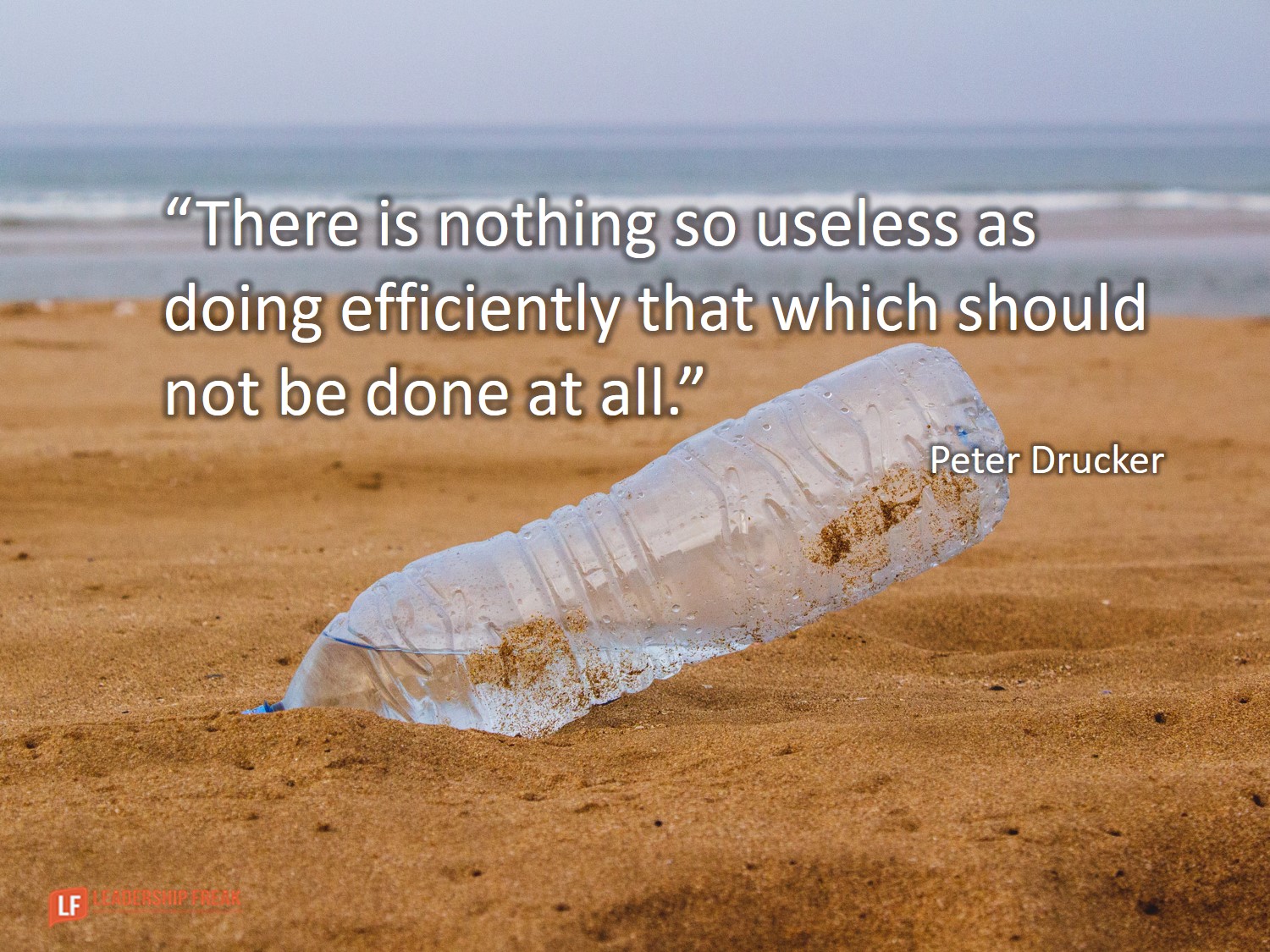This blog is a part of the series on interview preparation and focuses on the first step of writing a curriculum vitae and then getting ready for a group discussion.
In India, we suffer from an overload of information, and the habit of using extra long, complicated sentences and vocabulary without understanding the meaning or making sense. Unfortunately, this clichéd style of writing is off putting for recruiters and they tend to turn down such documents.
This blog on CV writing is essentially about what we need to do to make a strong first impression, a positive one at that. A key point that is emphasised is the customisation of the personal profile to the requirement listed by the recruiter in terms of qualities and values. This is time consuming and very different from the approach of sending 20 emails to 20 people. Perhaps, that’s what makes this exciting – customising and adapting every time
Curriculum Vitae
For a job opportunity, we provide this to the employer as a brief account of our personal details, education, qualifications etc.
Why do we need a good CV?
First chance to make a good impression on a potential employer
Boosts chance of getting a face-to-face interview
A personal marketing document used to sell yourself to prospective employers.
Tells them about you, your professional history and your skills, abilities and achievements.
Highlights why you’re the best person for the job.
Think! If you were called for an interview, what do you think you should include in your CV?
Components of a CV
Personal Details (Name, phone number, address)
Academic Background
Work experience
Employment history
Awards
Extracurricular activities
Skills
Interests
Name, professional title (if applicable) and contact details
It is positioned at the top of the page
DO NOT title your CV with ‘curriculum vitae’ or ‘CV’ as it’s a waste of valuable space. Treat your name as the title instead.
When it comes to your contact details, your email address and phone number(s) are essential.
If you like, you can also include a link to your LinkedIn profile in this section – but only if its up to date
Personal Profile
Also known as a personal statement or career objective
It’s a short paragraph that sits just underneath your name and contact details giving prospective employers an overview of who you are and what you’re all about.
You should customize your profile to every job you apply for, highlighting specific qualities that match you to the role.
Address the following:
Who are you?
What can you offer the company? What values can you bring?
What are your career goals?
Keep your statement short and sweet
A caveat
Often job hunters send off the same CV to scores of vacancies, without even reading the job advert. Although this method may increase the number of jobs you apply for, it will significantly decrease the quality of each one.
Let’s create the profile now
You can use left and right alignment to separate the address and contact details with the personal statement
Name:
Email Id:
Contact Number:
About me:
Tailoring your CV for every application does take a bit of extra time and effort, but it will pay off as each application you make will be of a high standard and greatly increase your chances of getting shortlisted for interviews.
Tailoring your CV
Read the entire job advert
Take a few minutes to read, understand the job requirements and compare them with your CV.
Before you apply, ask yourself:
Can I immediately see the key requirements for the job on my CV? If not, then you will need to move some of the information around or add some skills or knowledge that you’ve left out.
What is my CV missing?
If you’re missing certain experience or knowledge from the requirements, then you need to be creative and think about similar experiences or transferable skills that you can highlight in your CV to ensure you still look like a good fit on paper
Tweak your CV profile
As your profile sits at the very top of your CV, it will be the first thing a recruiter sees and makes a judgment on. If the most important skills required for the job cannot be seen in your profile, some recruiters will move straight on to the next CV without reading any further.
Your CV will obviously be targeted towards one type of role, but some employers will value certain qualities over others. You need to determine which skills are most important for the employer in question and include them prominently in your CV.
Your first role
The first example of your work that recruiters will see, so they place a great deal of value on it. In most cases you will list your roles starting with the most recent – but you don’t always have to stick to this rule completely.
In some cases, your most recent role might not be particularly relevant to the role you’re applying to.
So if your current role isn’t quite relevant to the role you’re applying to, maybe you could add another role such as volunteer work, freelancing or work placements to tailor your CV accordingly.
Deleting Irrelevant things
If you have large sections of your CV being filled up with skills and knowledge that are not mentioned in the job adverts you’re responding to, then it’s a good idea to cut down those sections slightly.
You don’t have to completely remove them, but reduce the level of detail slightly to give yourself more space to write about the skills that are being asked for in job adverts.
Showcasing Work Experience/Project undertaken
mmm yyyy – mmm yyyy
Company Name, Location
Role Title
Outline
Key responsibilities
Key achievements/projects
Showcasing Education
Institution name – Dates attended (from – to)
Qualification/subject – Grade
If you have a degree, you could list a few of the most relevant modules, assignments or projects underneath.
For other certificates etc, you can lay your qualifications out in this way:
Qualification, grade – Institution – Year
Like your experience section, your education should be listed in reverse chronological order. Include the name of the institutions and the dates you were there, followed by the qualifications and grades you achieved.
Other Interests
Key skills:If you’re writing a functional CV, or have some abilities you want to show off to the employer immediately, insert a key skills section underneath your personal profile. You should aim to detail four to five abilities at most.
Hobbies and interests:If you feel that your CV is lacking, you can boost your document by inserting a hobbies and interests section at the end. Be careful though; avoid listing hobbies that are the usual, like reading. Draw on interests that make you stand out or are relevant to the job.
Formatting and spacing guidelines
Length:
The standard length of a CV in the is not more than two pages.
Headings:
Each section must be introduced by a big, bold heading to ensure an easy read.
Font type:
Most employers will receive your CV in a digital format, so choose a clear font like Calibri or Arial.
Font size and page margins:
Body- 10 and 12 point font
Headings- 14 and 16 points
Page margins around 2 cm- 2.5cm
Proofreading and consistency:
Your formatting must be consistent throughout your CV to keep it looking slick. Don’t spoil your polished look by including typos and inaccuracies; proofread like a pro to capture every mistake
Saving the file:
Save your CV as a pdf file to ensure recruiters can open it on any device. A pdf will also maintain formatting, so you can be sure that employers will see your CV as you intended.
What NOT to include
A Photograph
Age and date of birth
Marital status
Number of Dependants
Social media handles: Linkedin is the exception
Every grade for every exam you have ever taken
Salary
Why recruiters reject a CV
Typographical, grammatical and spelling errors
Overly casual tone
Use of cliches (Hard working)
Snazzy backgrounds and borders
Writing in 3rd person (He/She) instead of I
Use of quotes “…”
Excessively long
Use of clipart, emoji
Inappropriate font
Unprofessional email address (love16pinky@gmail.com)
Getting it Right
Read through the document thoroughly at least 3 times to check for grammar & spelling
Stick to a consistent spelling style (UK or US) throughout the CV -color or colour
Get someone else to proofread it as well
Check punctuation, make sure sentences and proper nouns start with a capital letter
Use black font throughout the document
All heading should be consistent – same size and style of font, and distinguishable from the other text
The information should be consistent to that listed on LinkedIn
Now fill in your details accordingly
Read more: stoodnt.com







